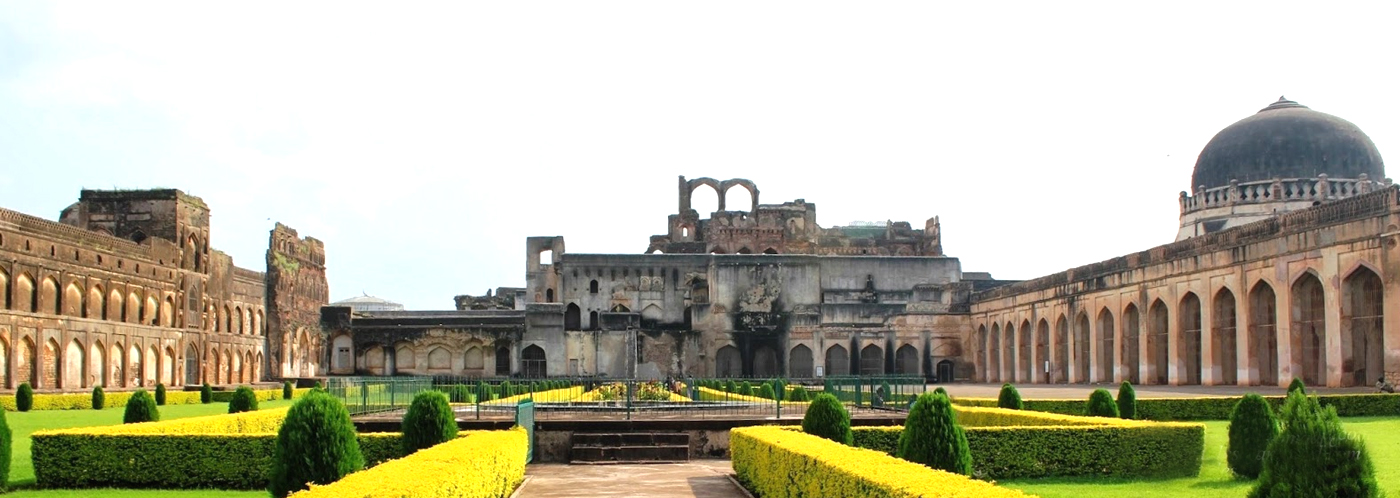Bidar Fort







Bidar is a city located on the Deccan Plateau in the northeastern part of Karnataka. As the northernmost city in the state, it is often referred to as the "Crown of Karnataka." The Bidar Fort was built by Sultan Alla-ud-Din Bahman, along with several other Islamic monuments. With the establishment of the Bahmani Kingdom in the Deccan in 1347, Persian architectural styles from Iran made a lasting and impressive impact—clearly evident in the structures within the fort. Mosques, arches, mahals (palaces), gardens, and residences were built both within and beyond the fort's boundaries, enriching the architectural heritage of Bidar city.
The fort complex also showcases innovative systems of water management, visible in and around the fort and the surrounding city.The perimeter of the fort walls measures approximately 4,500 yards (4,100 meters) and features seven gates. The main entrance gate, designed in Persian architectural style, is particularly noteworthy. The Gumbad Darwaza, an example of stilted Persian arches, and the Sherza Darwaza, the second gate of entry with two tiger carvings on its façade, are key highlights. Other significant gates include the Fateh Gate (south), with octagonal towers and a drawbridge; the Talghat Gate (east); the Delhi Gate; and the Mandu Gate.
A prominent bastion near the entrance is known as the Munda Burj, which once housed large cannons. The Takht Mahal (Throne Palace), another notable structure within the fort, served as the residential palace of the Bidar rulers. One of the most distinctive features of Bidar is its historic Karez system (also known as Qanat), an ancient underground water harnessing technique that originated in Persia. The Karez in Naubad village near Bidar is nearly 500 years old and holds great historical significance.
This system taps into groundwater or natural springs and channels it through underground tunnels, ultimately emerging in surface canals or pools within the village. The water is used for drinking, washing, ablution, watering livestock, and irrigating fields, orchards, and gardens—a brilliant example of sustainable water engineering in pre-modern India.


